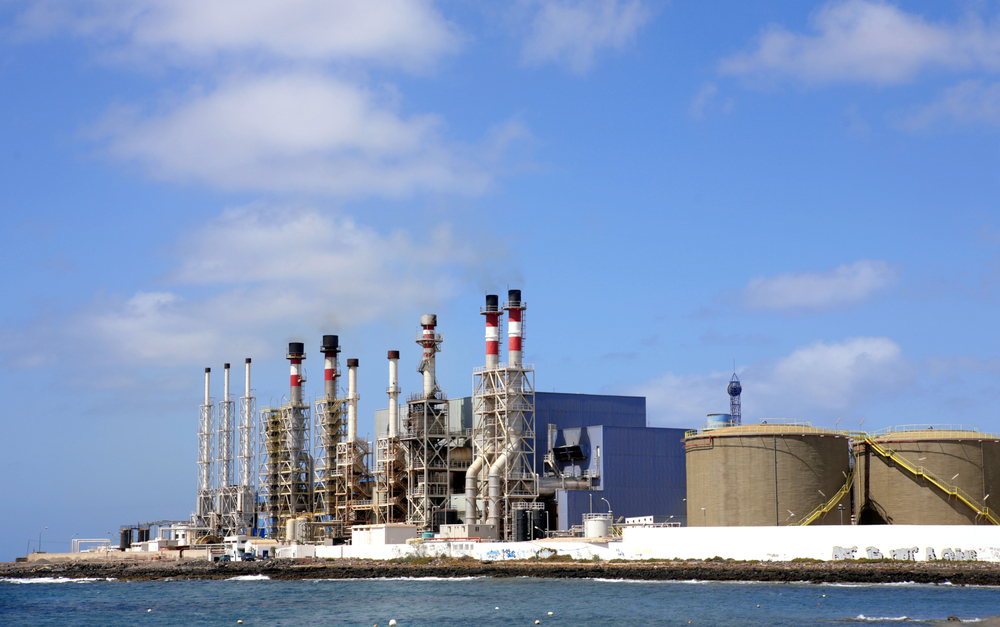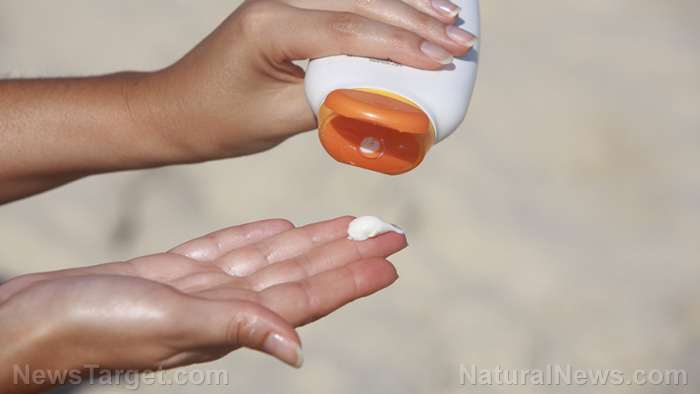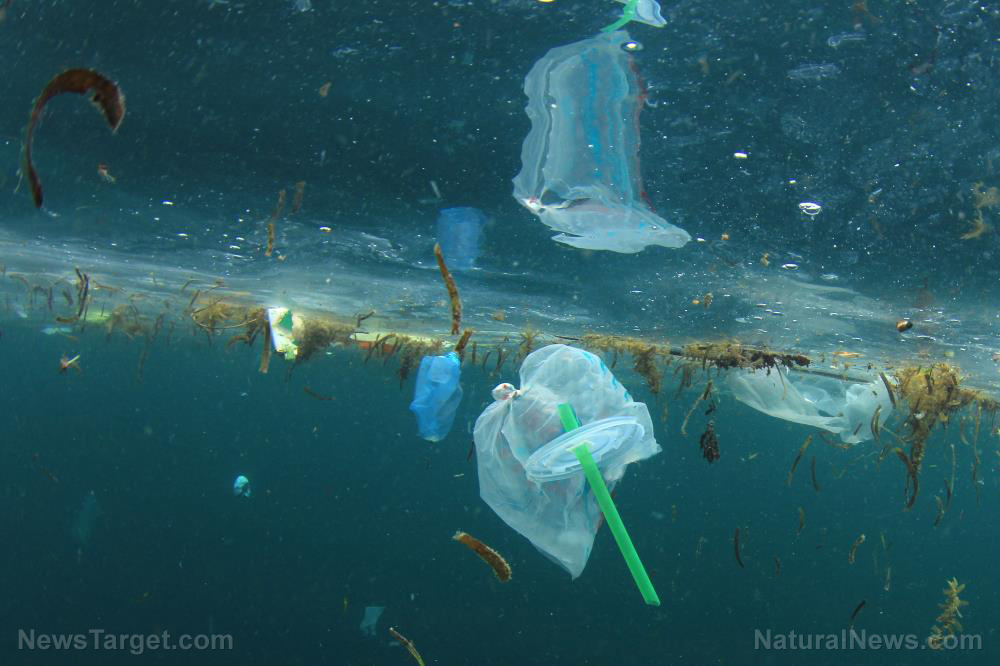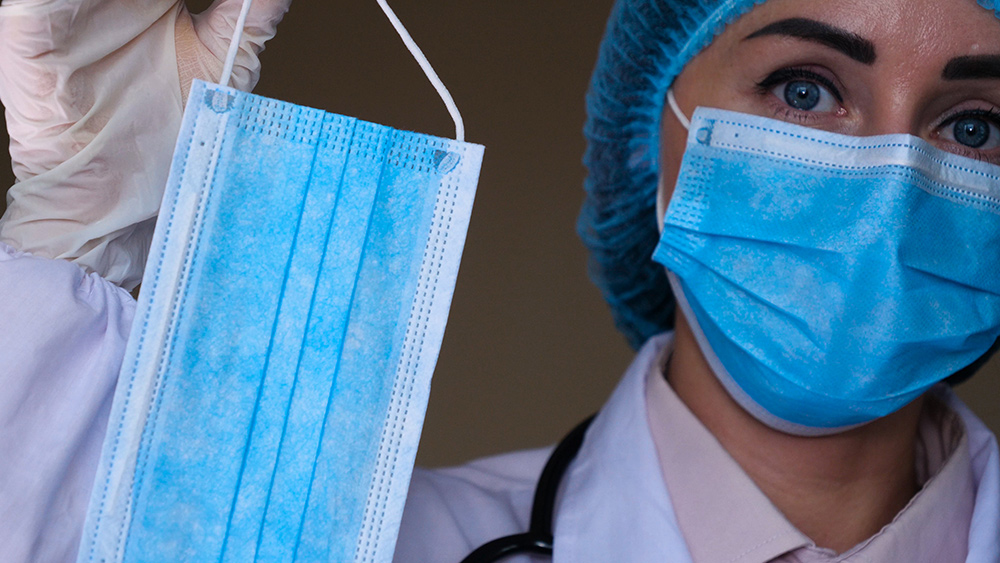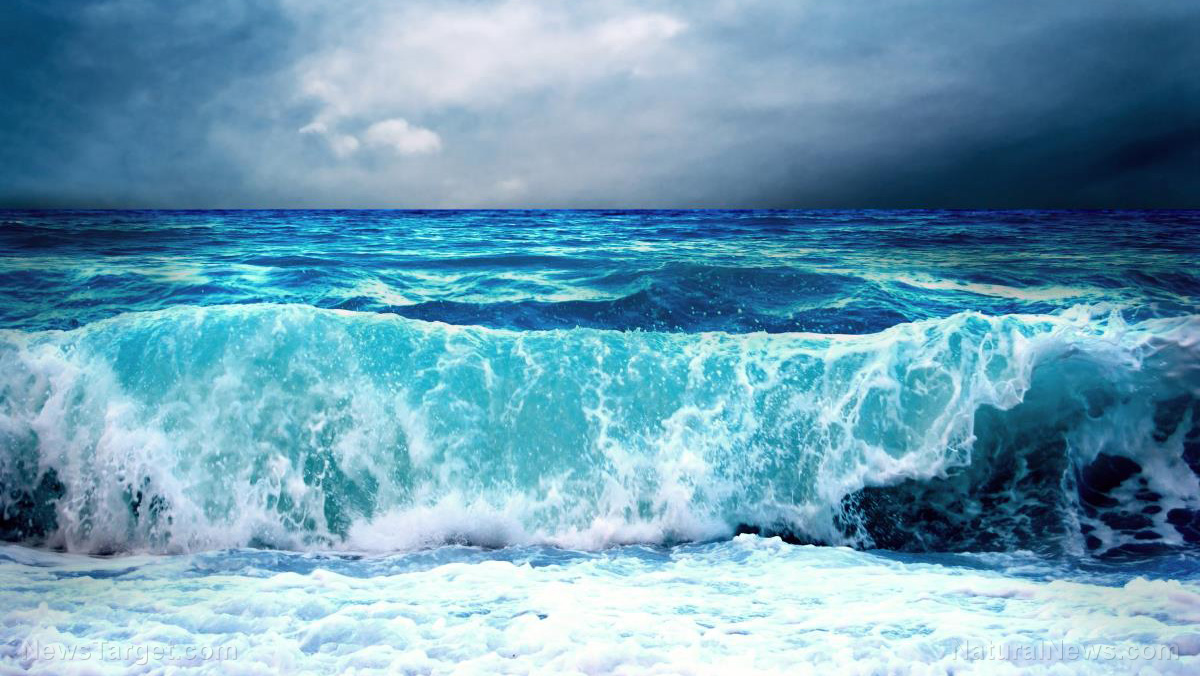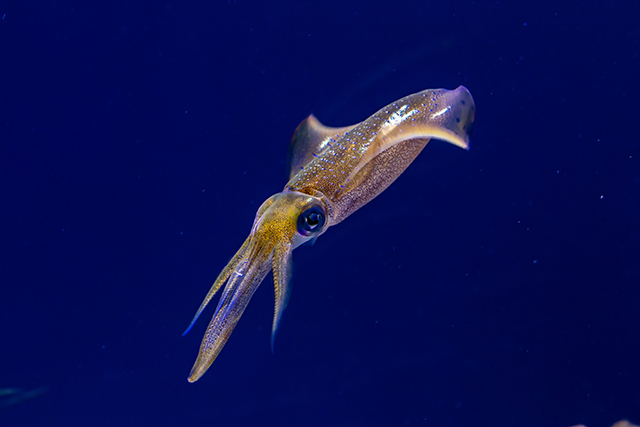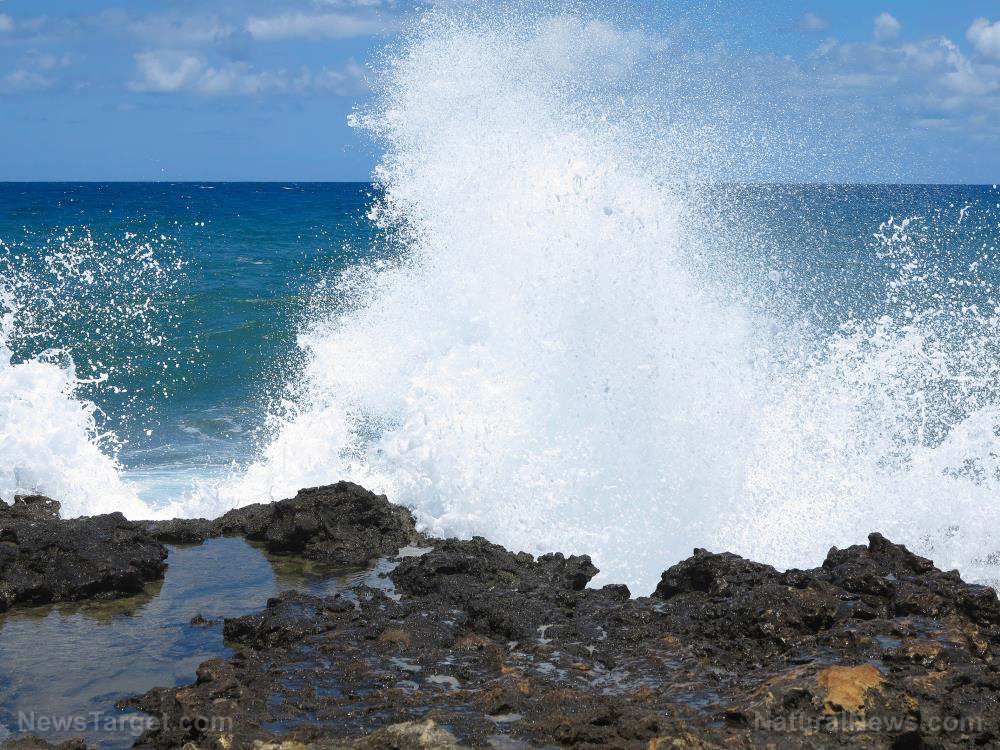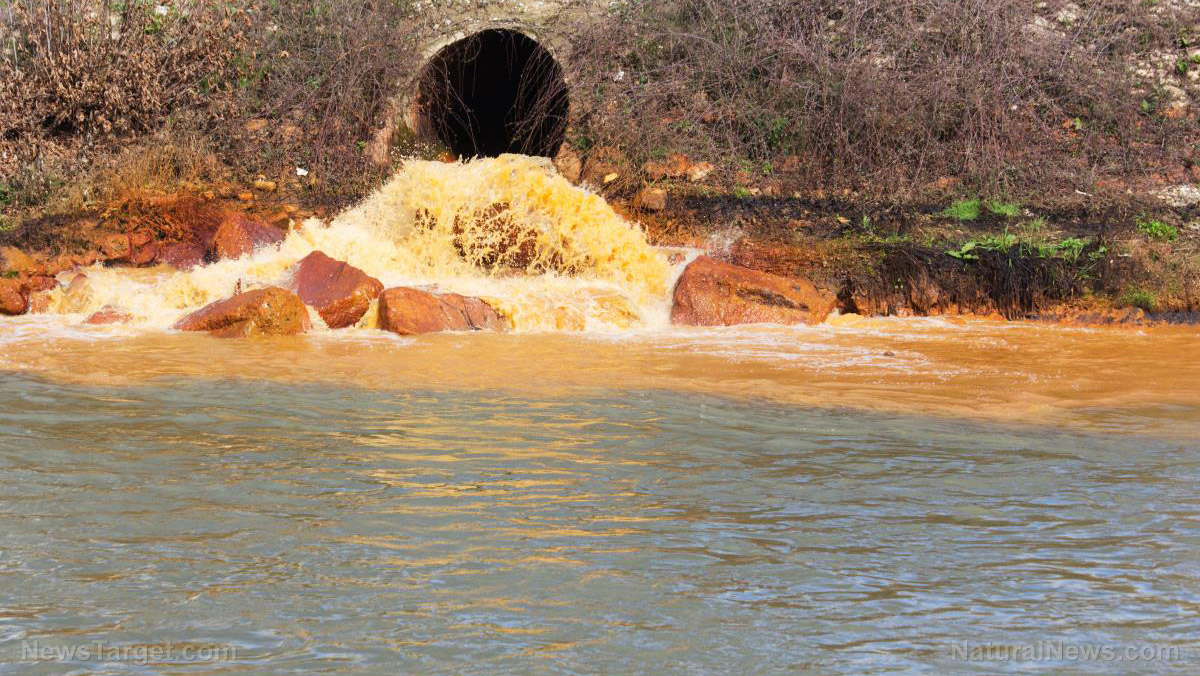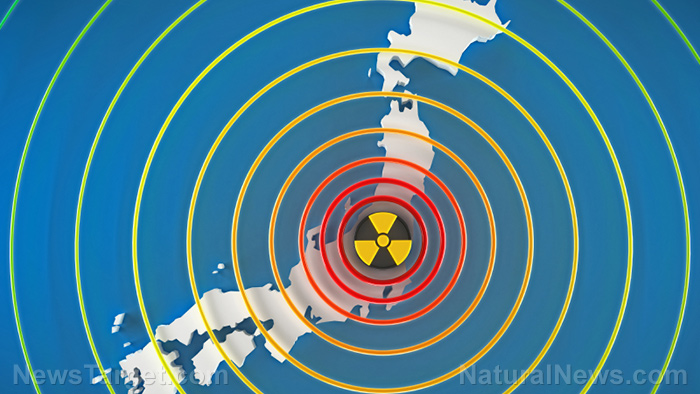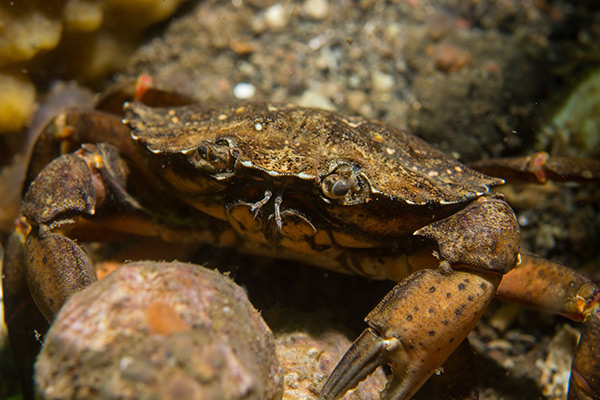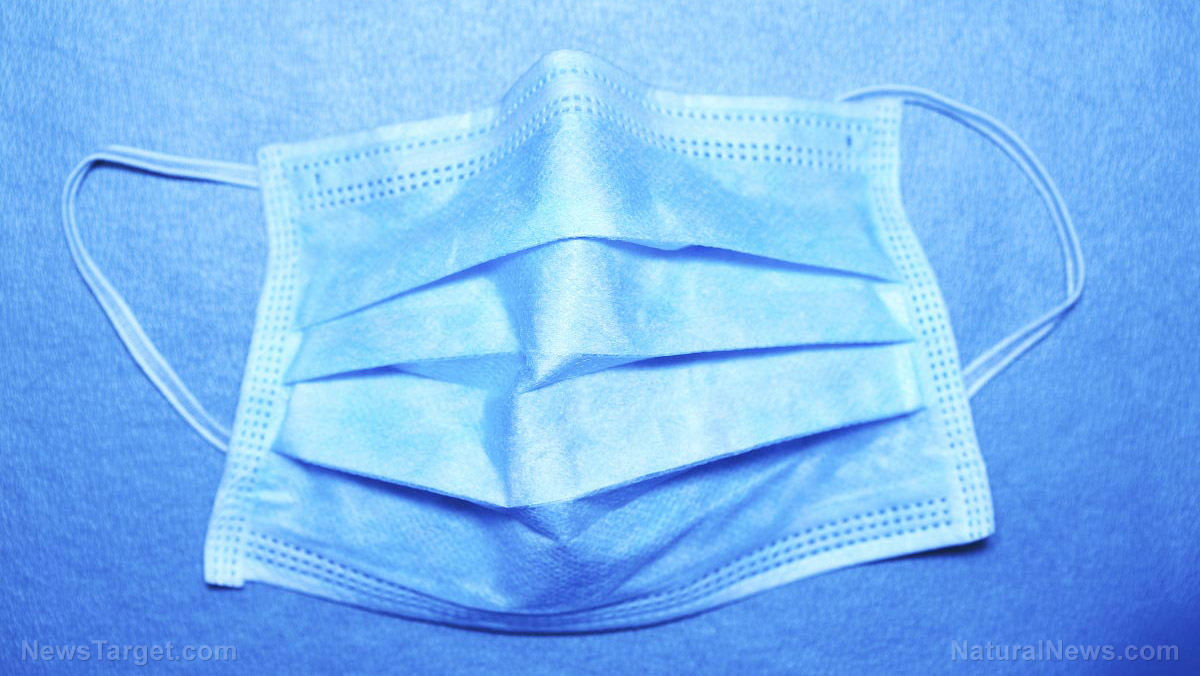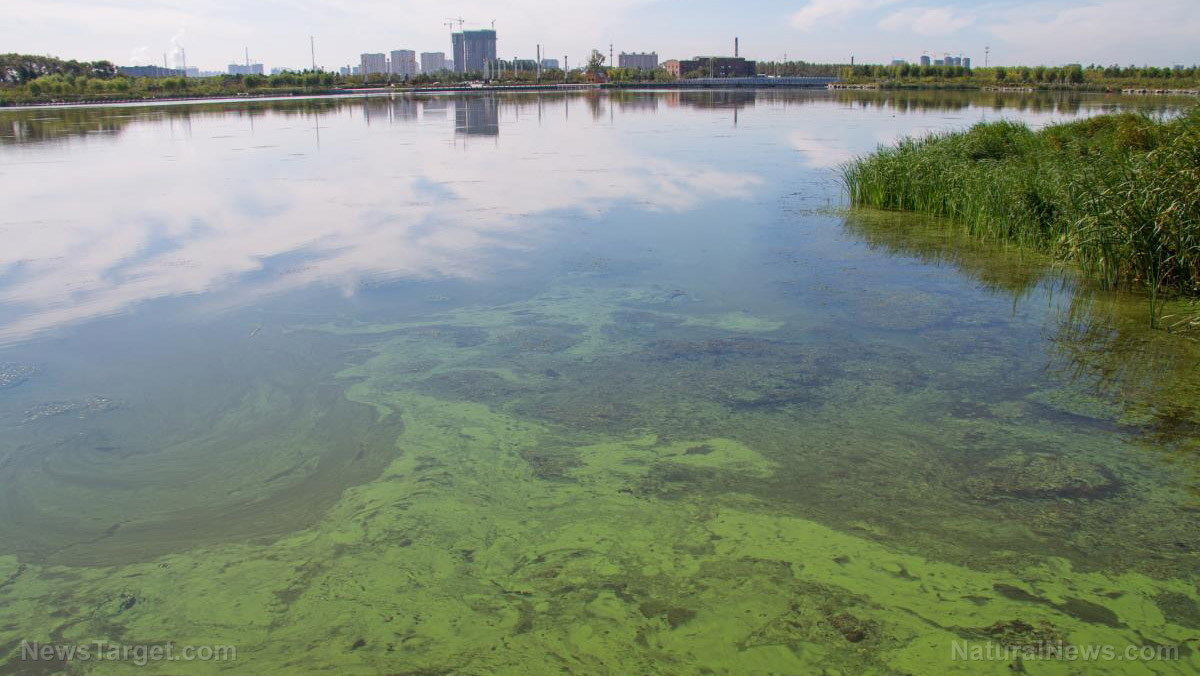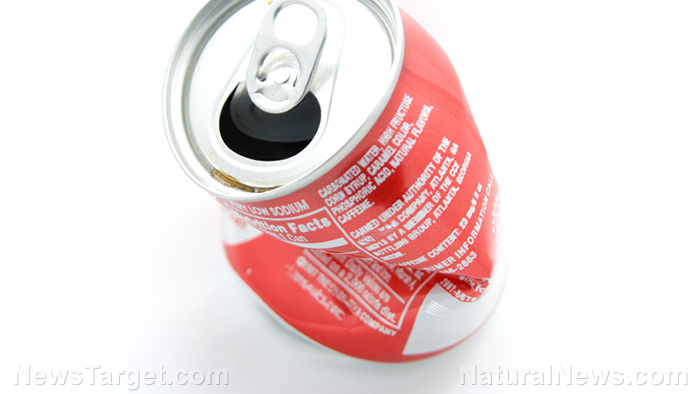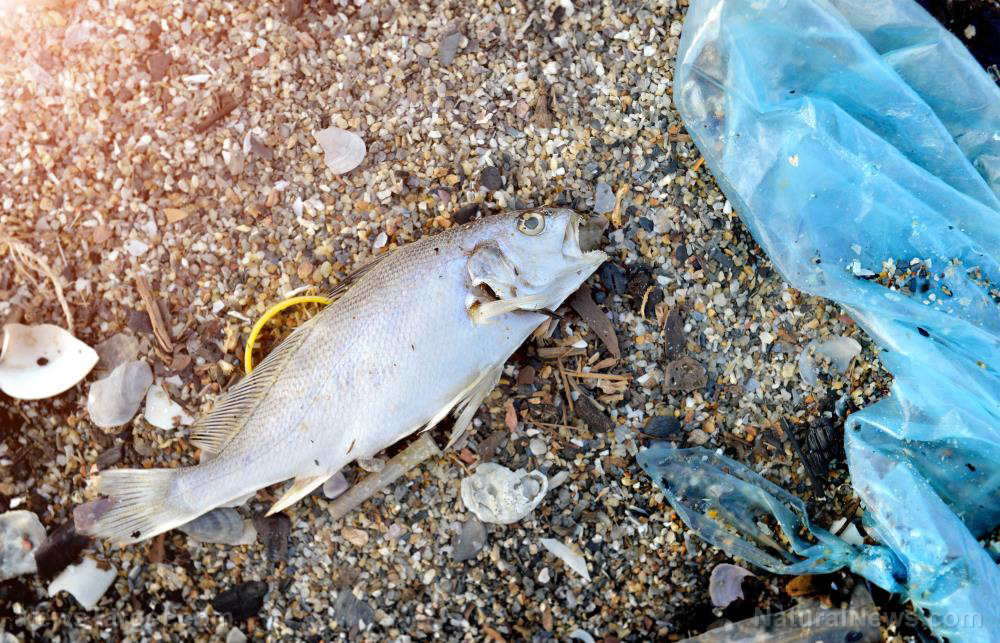“Lost” ocean microplastics might be accumulating in estuaries, coastal environments
04/19/2021 / By Divina Ramirez
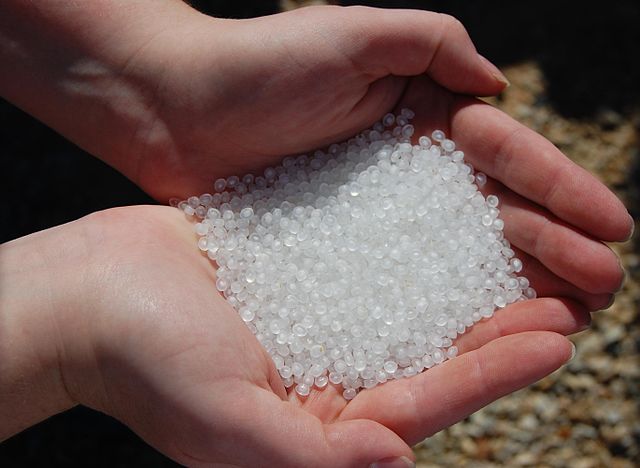
Marine microplastic pollution is a pervasive problem. Microplastics are small plastic fragments that form when larger pieces of plastic debris in aquatic environments break down due to exposure to the elements.
But scientists have found that the amount of microplastic waste entering freshwater environments like streams and rivers differs from the amount of microplastic waste present in marine habitats like the ocean.
Now, new research suggests coastal environments like estuaries could be filtering out microplastics before they can enter the ocean, hence the discrepancy between microplastic loads in freshwater and marine environments. These findings appeared in Environmental Science & Technology.
Estuaries act as filters for microplastics
Previous studies have shown that microplastics congregate in well-mixed, stagnant salty water. However, these results do not apply when microplastics enter environments where water is not stagnant, such as in estuaries. An estuary is a body of water where fresh water from streams or rivers mixes with saltwater from the ocean.
To better understand how microplastics move in estuarine waters, the researchers created a device with micro-sized chambers designed to mimic the conditions in estuaries. The device measured 1.7-centimeters-long.
The team injected 400-nanometer-wide plastic beads and freshwater into one side of the device while injecting saltwater through another inlet. They collected the output in outlets at the opposite end of the device.
The researchers also tested several flow rates to mimic the salt gradient and water movement they measured in an estuary on the French Caribbean island of Guadeloupe.
The results showed that microplastic aggregates that were up to 10-micrometers-wide were detected within the zone of highest salt concentration in the flow chamber, regardless of how fast the water was moving. Even at the highest flow rate, the team collected just 12 percent of all of the plastic beads inserted into the device.
On the other hand, the remaining particles clumped together and either sank to the bottom of the device’s flow chamber or stuck to the chamber’s sides.
In all, these results show how estuaries and other coastal environments filter out microplastics to prevent them from entering the ocean. This may explain the discrepancy between the amount of microplastics present in rivers and streams and the amount of microplastics present in the ocean.
Scientists should now evaluate the potential of estuaries and mangroves, which grow in coastal intertidal zones in the tropics and subtropics, to curb marine microplastic pollution.
Microplastic pollution accumulates in coastal habitats
This study is one of the first few to simulate and analyze microplastic pollution in estuaries. Most of the studies on microplastic pollution focus on beach environments due to their accessibility.
Still, these studies have paved the way for experts to examine the apparent discrepancy between the amount of microplastics seen in freshwater environments and that seen in marine environments. (Related: Microplastic pollution is the REAL threat to our oceans, warn scientists.)
Estuaries appeared to have an important role in shedding light on this discrepancy thanks in large part to their strategic locations. Marine geologist Peter Harris said as much in his recent review.
The review, published last year in the journal Marine Pollution Bulletin, revealed that microplastic pollution in marine environments is mainly concentrated in coastal habitats like estuaries and fjords.
Harris had studied over 80 research papers that reported measurements of microplastics found in one or more marine environments. He found that the pattern of microplastic pollution mirrors the pathways of natural sediment accumulation wherein most sediments are deposited close to the coast and near the mouths of rivers.
Moreover, Harris found that some environments, such as estuaries and fjords, were more efficient at collecting sediments and microplastics. Only especially fine sediments and microplastics are able to bypass such environments and enter deep-water, offshore environments like the ocean.
Go to Pollution.news to learn more about the environmental impacts of microplastic pollution.
Sources include:
Submit a correction >>
Tagged Under:
clean water, environment, marine life, microplastics, ocean life, Oceans, plastics
This article may contain statements that reflect the opinion of the author
RECENT NEWS & ARTICLES
OceanHealthNews.com is a fact-based public education website published by Ocean Health News Features, LLC.
All content copyright © 2018 by Ocean Health News Features, LLC.
Contact Us with Tips or Corrections
All trademarks, registered trademarks and servicemarks mentioned on this site are the property of their respective owners.

